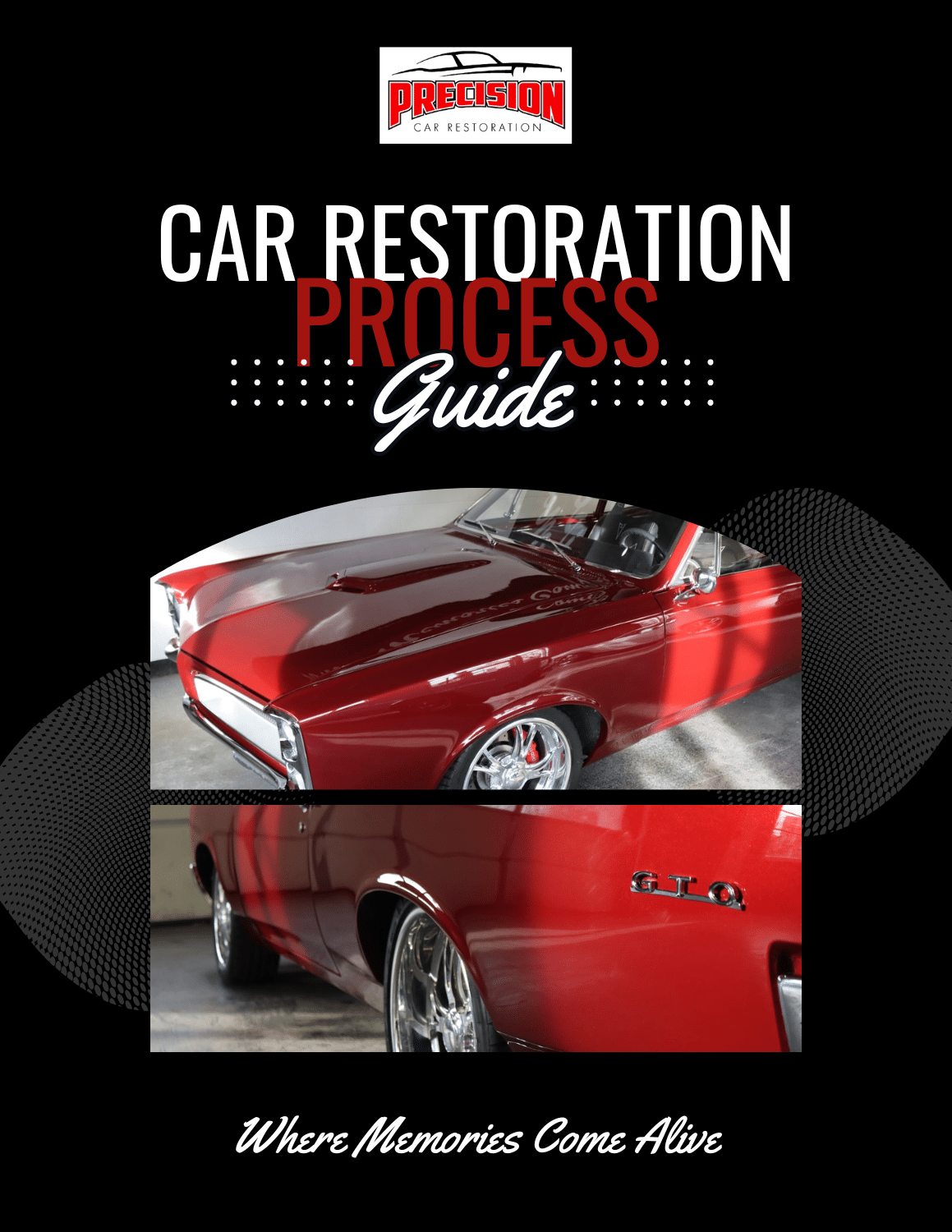
Musclecar and classic car values aren’t what they used to be, but despite the unfavorable state of the global economy, the hobby is still going strong. The staggering figures from last weekend’s Barrett-Jackson auction in Scottsdale, Arizona speak for themselves. With more than 300,000 people in attendance, sales totals reached $109 million, and the event marked the highest volume of cars ever sold at a Barret-Jackson auction. So if anyone tells you that investing in a classic car is a losing proposition, think again.

As no surprise, the headlines from last weekend’s Scottdale auction belonged to a small crop of extremely rare one-off machines and concept cars. The original Batmobile TV car commanded a jaw-dropping $4.6 million, and a ’56 Chrysler Diablo convertible—a sunning concept car that could have gone head-to-head with the Corvette had it reached production—sold for $1.4 million. Obviously, these halo cars are far beyond the reach of the typical classic car enthusiast, but the strong demand for them props up the rest of the market as well.

Naturally, the televised segments of the auction highlight the best cars on the block. These include ultra-rare and original musclecars—such as ’70 SS454 Chevelles, Hemi ‘Cudas, Plymouth Superbirds, ’69 Z/28 Camaros, and Cobra Jet Mustangs—that often command $100,000 or more. Cars like these boost TV ratings, which pays Barrett-Jackson’s bills, so the focus on these machines is understandable.

What the TV audience doesn’t often see, however, are the hundreds upon hundreds of driver-quality restorations that comprise the bulk of the auction. These are the types of cars that you see all the time at cruise night or at local car shows that fall within the $20,000-$60,000 window. What that means for the typical enthusiast is that if you ever decide to sell your classic, there’s a good chance you will be able to recover your restoration costs.
Obviously, there are pitfalls to avoid and you have to take a methodical approach to the restoration process. That means starting out with the nicest project car that you can afford, since it’s much more cost effective to buy a nice car up front than it is to buy a heap of rust that requires substantial sheetmetal repair. Furthermore, one of the biggest mistakes hot rodders make is taking their cars to the least expensive restoration facility, only to have to pay twice as much money in the long run fixing mistakes that shouldn’t have been made in the first place.

The key to recovering your classic car investment is resisting the urge to buy the least expensive project car you can find, and spending your restoration dollars where it counts. Let’s say you’re ready to buy that ’69 Camaro you’ve wanted since high school. The going rate for solid driver-quality first-gen Camaro is $15,000 to $20,000. Camaros in this range might require a patch panel here and there, a fresh coat of paint or some new upholstery, but these are simple repairs that would cost $3,000 to $8,000 at most. Considering that rust-free, driver-quality ’69 Camaros with sparkling fresh coats of paint typically command $25,000 to $30,000 at Barrett-Jackson, it’s easy to see how if you spend your money wisely, investing in a restoration project is a very solid investment.


